I am trying to compute a polygon that surrounds a line connecting multiple points (e.g. a GPX track). The image below shows an example with the track as red line and the desired polygon in blue.

As simplification the red points are denoted by x and y - not by latitude/longitude.
How do I compute such an environment (light blue polygon) if I only have the list of the three points specifying the path?
Partial solutions (e.g. for only two points) or hints about mathematical libraries (in Java) that provide algorithms for such a computation would also bring me one step forward.
Further assumptions:
- The track is intersection free.
Update:
Using the approach as presented by Rogach and xan I ran into some problems if the angle between the lines is smaller than 90 degree or larger than 270 degree:
 As you can see the polygon gets intersects itself which leads to a serious problem.
As you can see the polygon gets intersects itself which leads to a serious problem.
From my point of view using an java.awt.geom.Area is the better approach:
My solution (based on the code by Rogach):
For each line connecting two points of the track I compute a surrounding polygon. Afterwards I add (area union) the computed polygon to an Area which does all the necessary computation for me. As the Area strictly uses the "or" algorithm on adding new polygons I do not have to care about "self intersections" of the polygon as presented in the update above.

Area area = new Area();
for (int i = 1; i < points.size(); i++) {
Point2D point1 = points.get(i - 1);
Point2D point2 = points.get(i);
Line2D.Double ln = new Line2D.Double(point1.getX(), point1.getY(), point2.getX(), point2.getY());
double indent = 15.0; // distance from central line
double length = ln.getP1().distance(ln.getP2());
double dx_li = (ln.getX2() - ln.getX1()) / length * indent;
double dy_li = (ln.getY2() - ln.getY1()) / length * indent;
// moved p1 point
double p1X = ln.getX1() - dx_li;
double p1Y = ln.getY1() - dy_li;
// line moved to the left
double lX1 = ln.getX1() - dy_li;
double lY1 = ln.getY1() + dx_li;
double lX2 = ln.getX2() - dy_li;
double lY2 = ln.getY2() + dx_li;
// moved p2 point
double p2X = ln.getX2() + dx_li;
double p2Y = ln.getY2() + dy_li;
// line moved to the right
double rX1_ = ln.getX1() + dy_li;
double rY1 = ln.getY1() - dx_li;
double rX2 = ln.getX2() + dy_li;
double rY2 = ln.getY2() - dx_li;
Path2D p = new Path2D.Double();
p.moveTo(lX1, lY1);
p.lineTo(lX2, lY2);
p.lineTo(p2X, p2Y);
p.lineTo(rX2, rY2);
p.lineTo(rX1_, rY1);
p.lineTo(p1X, p1Y);
p.lineTo(lX1, lY1);
area.add(new Area(p));
}